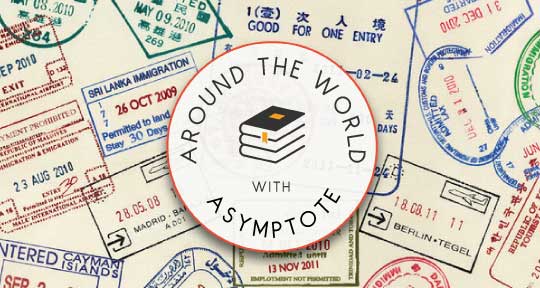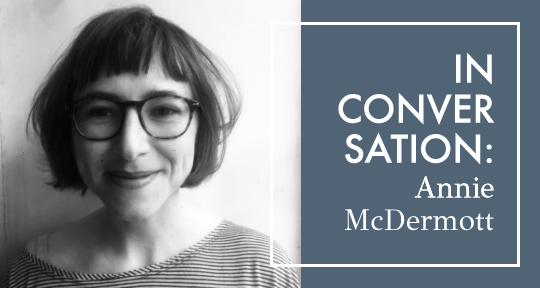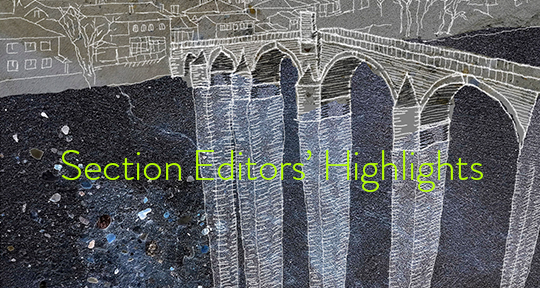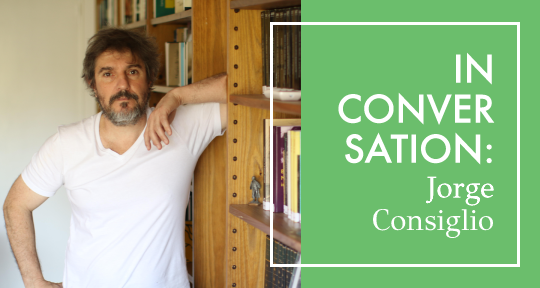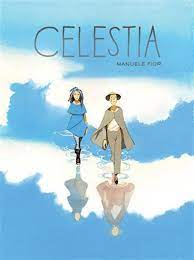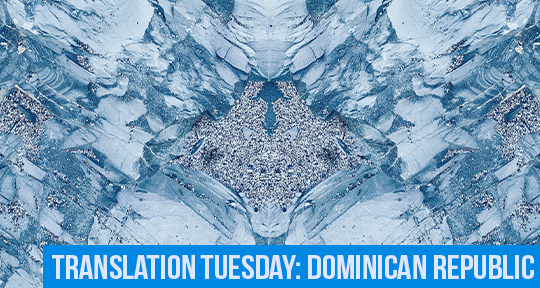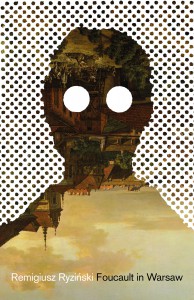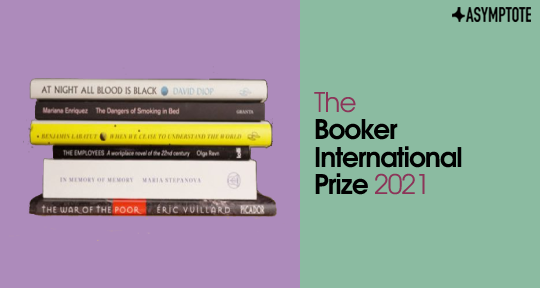This week, Asymptote team members report on a Taiwanese science-fiction novel that’s caught the attention of Japan’s literary establishment, a poetic commemoration of a 1975 tragedy in El Salvador, and a Sri Lankan press that promises to be the first of its kind. Discover the latest from around the world, then catch up on this week’s blog entries, including a review of Asymptote‘s July book club pick.
Darren Huang, Editor-at-Large, reporting from Taiwan
In July, Taiwanese novelist Li Kotomi (Li Qinfeng) was awarded one of Japan’s most prestigious literary prizes, the Akutagawa Prize, for her novel “Higanbana ga Saku Shima” (An Island Where Red Spider Lily Blooms). The novel, which incorporates elements of science fiction, concerns a girl narrator, Umi, who drifts to an imagined island between Taiwan and Japan. The island is governed by women who lead the religious ceremonies and political affairs, while men are excluded from government. The islanders speak a language called “nihon” and another called “female language,” which can only be learned by women over a certain age and is used to pass on the history of the island. Qinfeng has remarked that for thousands of years, patriarchal societies have written official history through the perspectives of men. In this novel, she reflects on the imbalance of history-making by imagining a community where women control the writing and inheritance of history. Qinfeng’s win is unique as she is the second writer whose native tongue is not Japanese to be awarded the prize. Her accomplishment was also well received in Taiwan, where she is considered one of the first Taiwanese writers to be recognized by the Japanese literary establishment. Previous winners of the award include Mieko Kawakami for Breasts and Eggs and Hiroko Oyamada for The Hole.
Despite the recent escalation of the pandemic in Taiwan, the cultural minister Lee Yung-te emphasized that the Taiwanese arts, especially in literature, illustration, and film, continue to flourish. Literature and art museums have continued their exhibitions with COVID precautions. Notably, the National Museum of Taiwan Literature is celebrating a century of progressive literature and thinking through its exhibition, “A Century of Heartfelt Sentiment,” which started on May 8. The show is organized into a series of love letters, or writings and works from authors, painters, and other artists, focusing on six essential intellectuals of the last century. The exhibition includes the manuscripts of the poet Lai Ho, the diary of the social activist Tsai Pei-huo, the artworks of the painter Tan Ting-pho, and works of music from the era of Japanese occupation.

